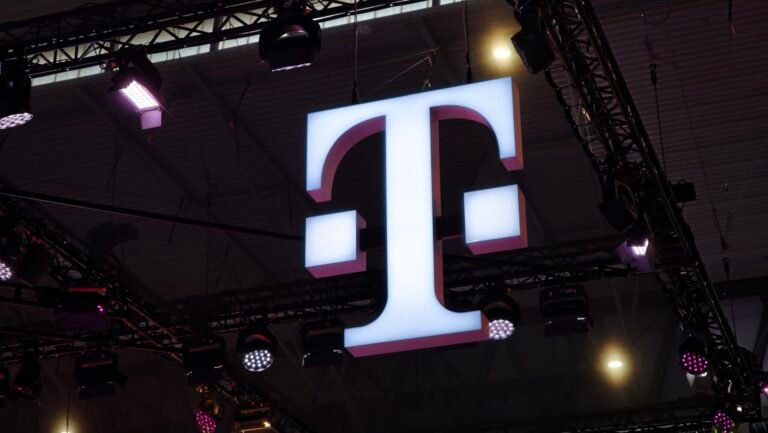![]()
The Always-On Display (AOD) is a simple but vital feature on any modern phone. It lets you see the time and key data (like notifications) without unlocking your screen. On Google’s Pixel phones, however, this convenience currently comes with a clear trade-off: the AOD system lacks situational awareness. Fortunately, Google is finally preparing to give Pixel users more intelligent control. A new setting in development will allow Android to automatically manage the AOD based on what the phone is doing, boosting your device’s battery life.
Currently, Pixel owners only get a simple on or off switch for the AOD feature. This means the screen can unnecessarily drain the battery illuminating your notifications when the phone is face down on a desk or deep inside your pocket. However, new code spotted by Android Authority in a recent Android Canary build suggests Google is developing a sophisticated, power-saving setting that will automatically manage the AOD based on what the phone is doing.
Google Pixel devices’ upcoming Always-On Display upgrade for better battery
The evidence for this upcoming change appeared deep inside the Settings app code. Development strings point to a new option to “turn off display on inactivity,” which “powers down the display when no user activity is detected to save power.” The internal code name for this ambient display feature is “Doze.” This confirms its direct link to the Always-On Display functionality.
This is a key change. Right now, a Pixel phone keeps the AOD running continuously throughout the day, whether you are actively using it or not. The upcoming setting aims to make the screen smart enough to recognize when you have stepped away from the phone for an extended period. In the end, it will allow it to take a short break and conserve battery power.
How will your phone know you’ve left?
While the code confirms the feature’s existence, it does not yet specify exactly how Android will determine user inactivity or how long the delay will be before the AOD shuts off. We can look at what other manufacturers do for a likely idea. Rivals like Samsung already implement an “auto” AOD option. This option disables the display when the phone is placed face down, detects darkness inside a pocket, or recognizes that the user is asleep.
It is reasonable to assume Google will adopt similar contextual triggers. Integrating these clues would allow Pixel phones to deliver the glanceable information users want, but only when it is actually useful. The result is a much-needed increase in user control and, more importantly, enhanced battery endurance.
The post Google Pixels to Get Smart Always-On Display for Huge Battery Gains appeared first on Android Headlines.
